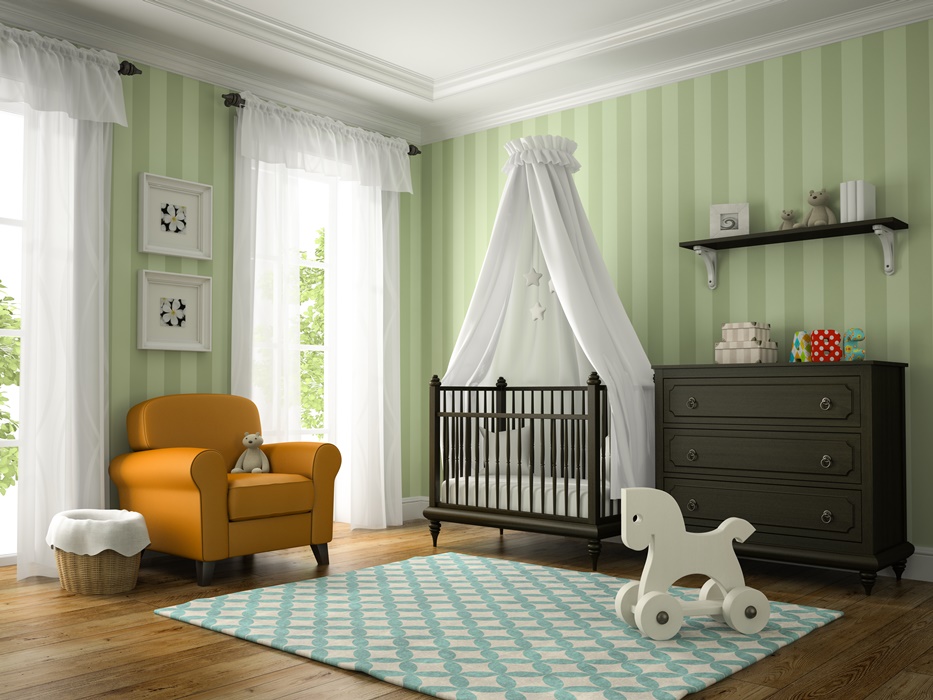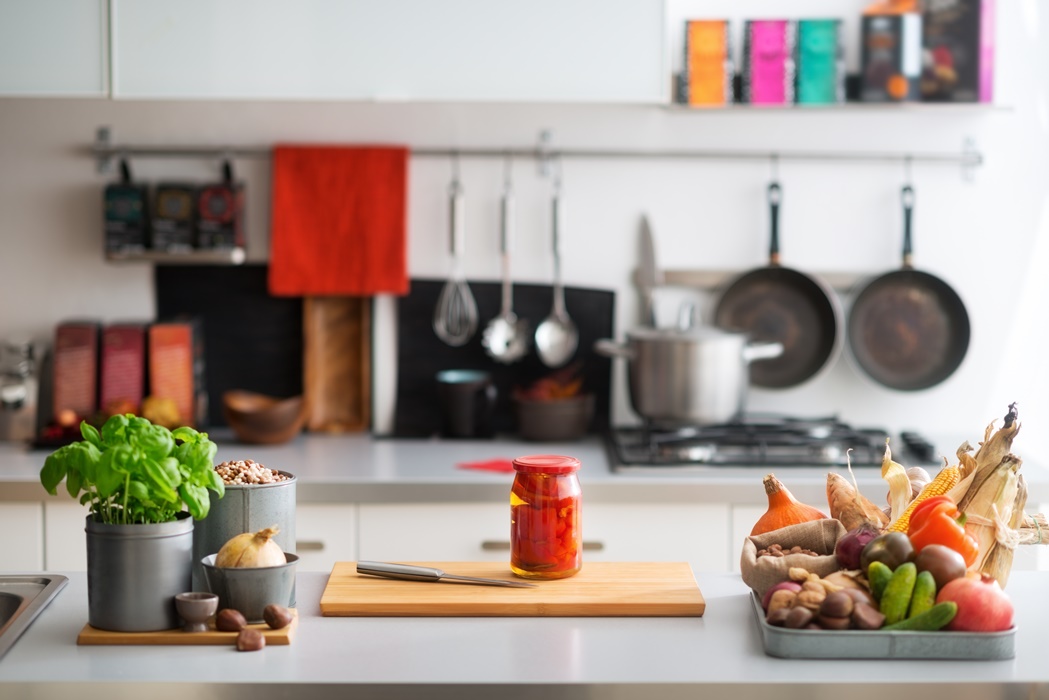Whether you are expecting a baby or you already have a child, chances are that you are feeling crunched for space. It should come as no surprise that major life changes are often followed by de-cluttering campaigns. Putting in some time and investing in a few key products can help you cut the chaos.
TOYS
The biggest issue for many parents, no matter what their child’s age, is what to do with all the toys. Here are some ways to help you lose the clutter, gain time, and reduce stress. when you can tell your child that they will be getting new things. The practice helps them develop a habit of giving, and at the same time de-clutters your home.

1. Categorise the toys and label bins. Get some small bins for toys and label them with a picture and a word for each category. Organise the toys by category and put them into the bins accordingly. When children could not find what they want, they tend to dump things out, making a big mess. So avoid a big toy box that jumbles everything together. When toddlers see the picture of a toy car along with the word car, the connection will help their reading skills.
2. Put toys at your child’s level. Place the toys in baskets, bins, and trays on open shelving. That way, it is easy for your child to help himself to things and then put them away.
3. Go through your child’s toys every now and then. Separate out what your child no longer play with, and give these items to less fortunate children. A good time to do this is before holidays and birthdays.
4. Rotate toys. When it comes to playthings, less is more. Put away some toys where your child cannot see them. If space is limited, your child will be more aware of what she has, and she won’t be overwhelmed with too many choices. And when those toys seem like old news, you can refresh her collection with some new selections – the toys you have put away earlier!
5. Storage ottomans can help reduce clutters. In your living room, put your feet up on a hinged ottoman with toys stored inside. You can find storage ottomans with colours or designs that match with your living room’s furniture. This way you can reduce the clutters while decorating your living room at the same time.
NURSERY

1. Keep it simple. A feeding station can be as simple as a comfy chair with a side table where you can put tissues, a clock, a water glass, burp cloths, breast pump and bottles if you need them.
2. Group the essentials together. Organise your changing table by grouping the essentials together on the shelves or in the drawers. Dedicate one plastic or wicker bin to diapers, another to wipes and washcloths, and a third to ointments and lotions. Other bins could hold pacifiers and a diversion toy or two.
3. Utilise the space under the crib or bed. Store blankets, sheets, or old clothes in containers designed specifically to fit in this area.
KITCHEN

This room is often the hub of the home, and once you have a baby, you will find that you need counter space to wash and dry bottles and breast pump parts; cabinet space for baby’s bottles, bowls, and plates; and pantry space for jars of baby food and boxes of oatmeal. Here is a helpful technique to keep things organized, that is to prioritise your things and spaces by ‘ARMS’.
- ‘A’ for things that you always use.
- ‘R’ for things you rarely use.
- ‘M’ for things you do not use at all such as mementos, but are keeping anyway, and
- ‘S’ for seasonal things that you will only use during a particular season or occasion such as Christmas, Hari Raya, Deepavali, Chinese New Year, birthday celebration, and so forth.
CABINETS

1. Organise your whole pantry by category so everybody can find what they need. Rice and beans go here, cereal goes there. Smaller items such as spices can be stored in jars and don’t forget to label them before you place them in a basket or on the rack.
2. Use square instead of round containers. Square containers let you use the space more efficiently. You can stack the containers on top of one another or place them side by side without having to leave too much gap between them.
3. Attach narrow wire shelves on cabinet doors. Bottles, nipples, and lids can be placed on the narrow wire shelves attached to the inside of a pantry or cabinet door. This way you can easily grab any baby’s accessories you need but avoid the clutters.
4. Remove old, unwanted or items that are rarely used. You need to create shelf space for baby bottles, formula, and accessories. Hence, go through the items in your kitchen cabinet or shelves and remove those unwanted items.














